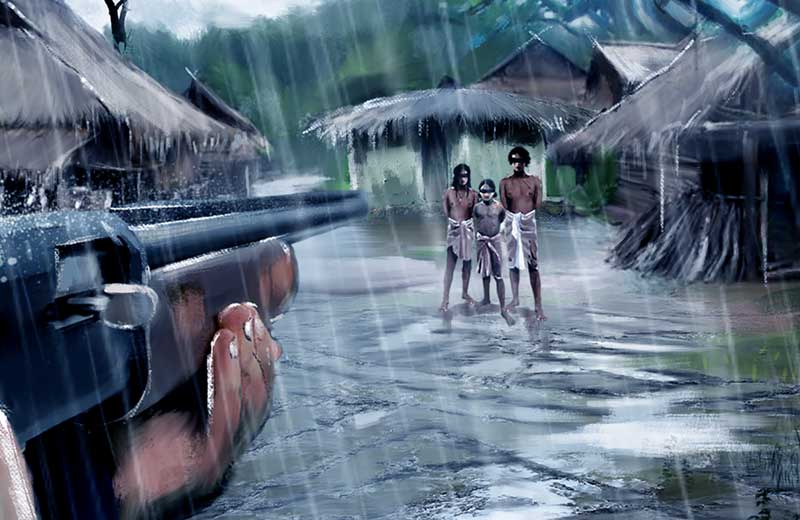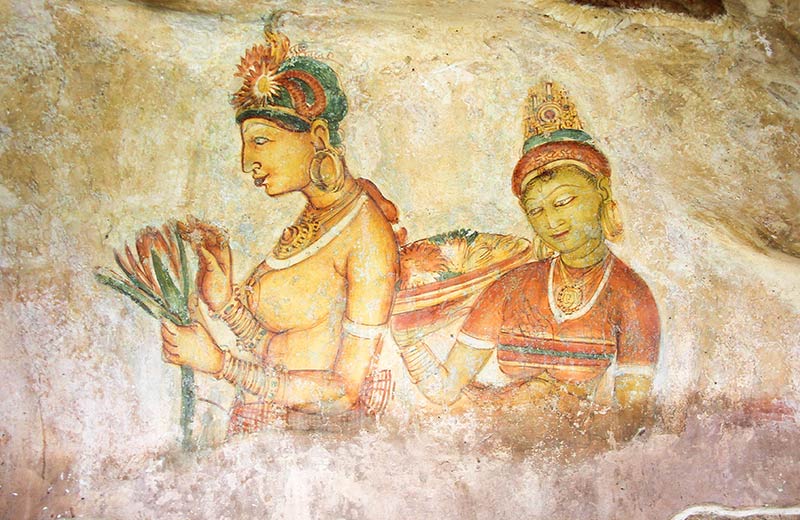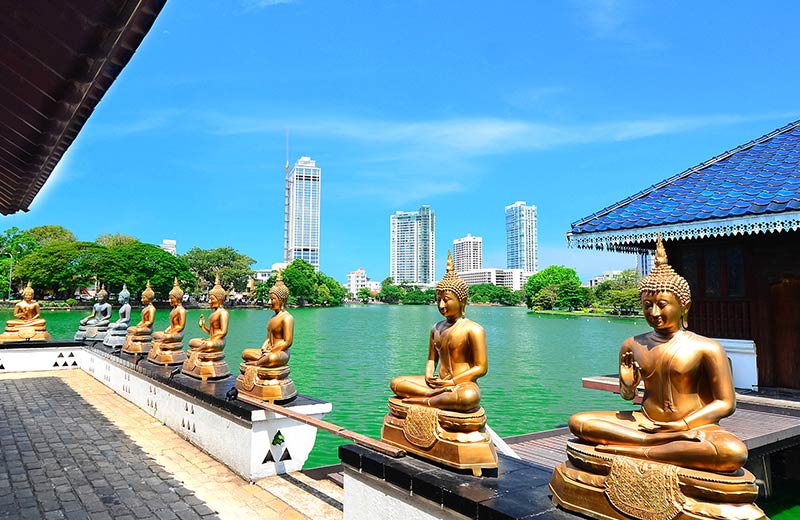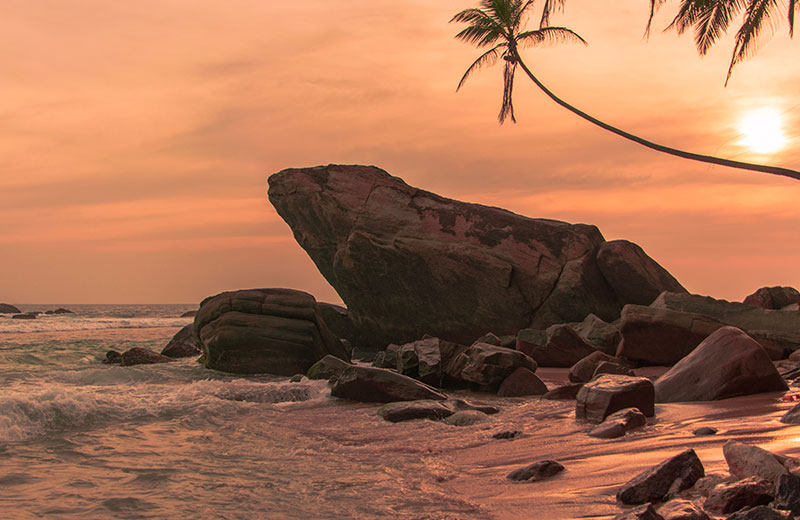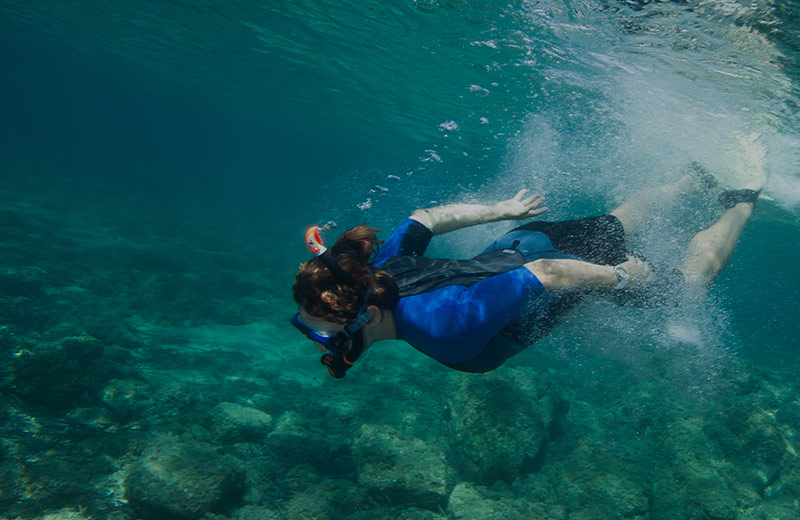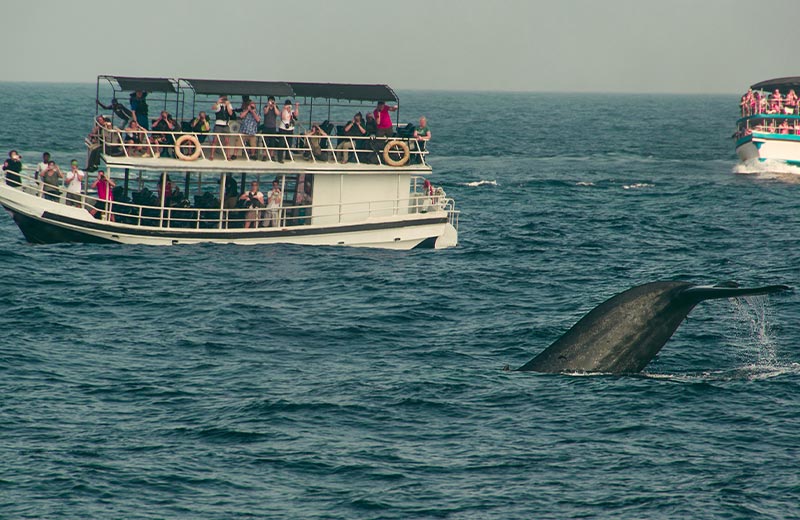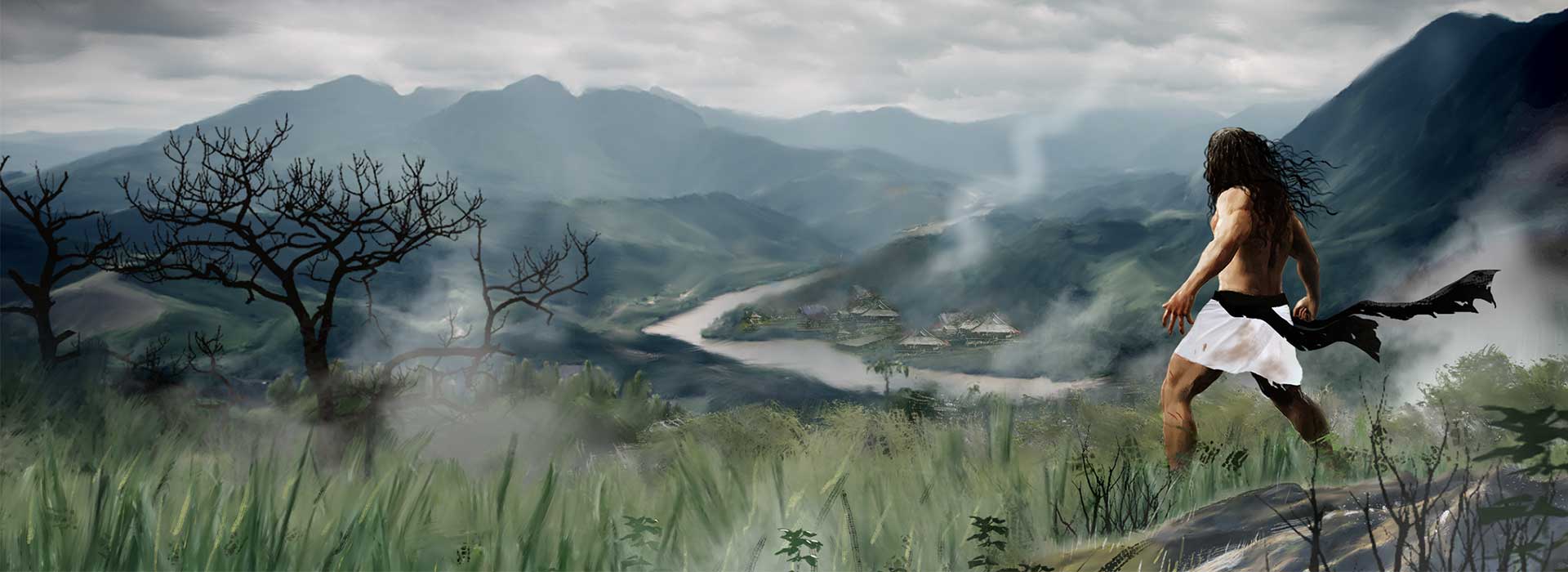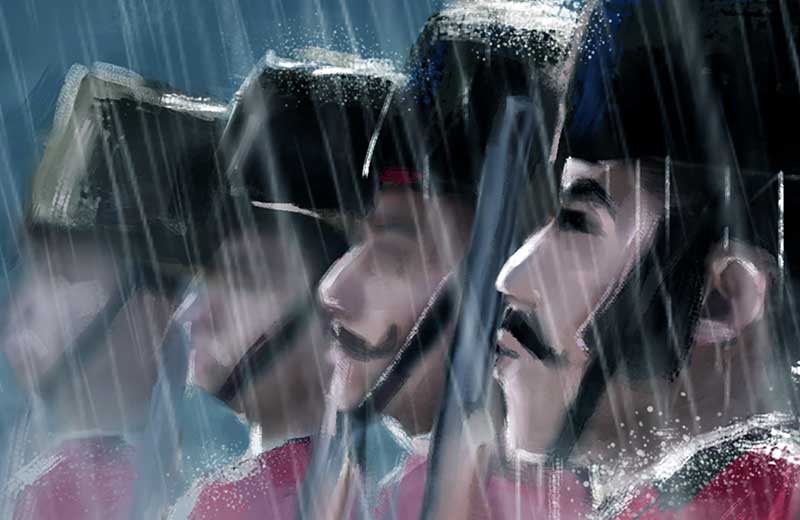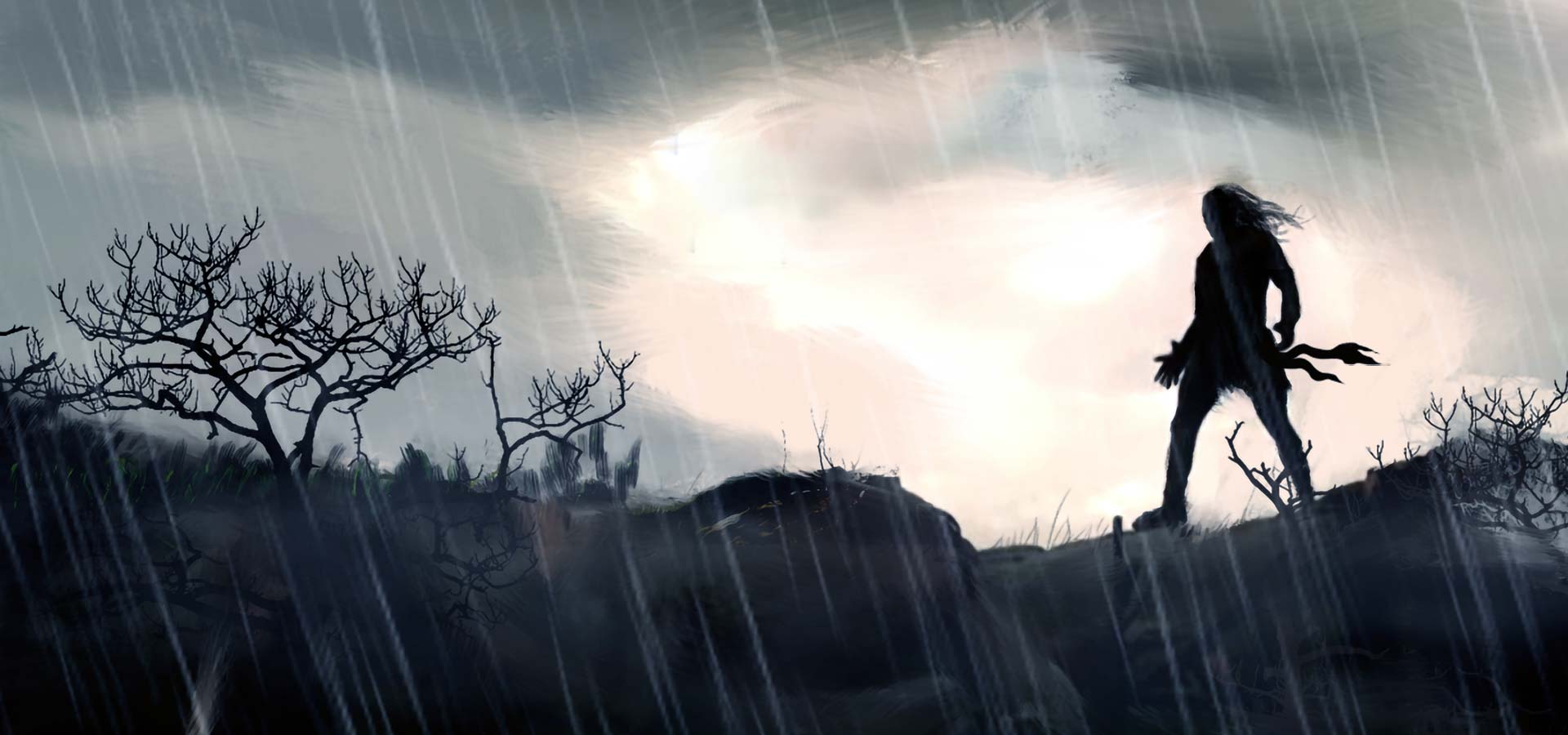In the Beginning
Angampora, an ancient martial art that originated in Sri Lanka, has an intriguing and tumultuous history. Literally translating to ‘fighting with the body’, it was a unique art practiced by the natives of the island for thousands of years.
There are many versions of how Angampora came to be, since it was never officially documented, but passed down from generation to generation. However, there are a few chronicles that shed light on the possible origins of the practice.
Insight gained from ancient texts such as the Ramayana lead us to believe that the fighting technique of Angampora dates back at least 5,000 years to the time when the Raksha King Ravana reigned in Lanka.
It is believed that the king himself was a master practitioner of Angampora, and that he used it during the battle against Prince Rama of India. What made the practice of Angampora so unique at the time was the belief that the king developed not only ways of inflicting death on his opponent through a series of strikes, but also knew how to heal his soldiers through pressure point strikes. The latter has been incorporated into the ancient art of Ayurveda healing.
There is reason to believe that prior to the great war between Ravana and Rama, the king of Lanka even took Rama’s brother, Lakshmana, under his wing and trained him in the art of Angampora. This could even be one of the reasons that Rama and Lakshmana eventually succeeded in defeating Ravana.
Another iteration of the origins of Angampora is that it was perfected by the Yakkha tribe, about 3,000 years ago, and was used solely for self-defence when they were threatened by foreign invaders and other tribes.
In addition to these schools of thought, some present-day practitioners of the art believe that Angampora was devised by prehistoric men who lived on the island to protect themselves against predatory animals.
The Art of Angampora
What is popularly known as Angampora today, is actually just one part of a complete martial art that encompasses hand-to-hand combat (Angampora), wielding of weapons (Ilangampora), and shamanism (Maya Angam). All three elements are referred to as ‘Angam Satan Kala’ as a whole (translated as ‘the fighting art of Angam’).
Angampora is an art of hand-to hand combat that incorporates defensive and offensive strikes, along with intricate grapples that cause the opponent immense pain or pins them down. Many of these techniques utilize a series of intricate foot movements.
There are four particular techniques that require years of practice – Guti Harammba (striking techniques), Gata Harammba (locking and gripping techniques), Pora Harammba (takedowns and wrestling techniques), and Maru Kala (techniques that strike the pressure points of the body with the intention to kill).
Ilangampora is much more aggressive in that it requires the practitioner to bear several weapons. According to tradition, Ilangampora incorporates the use of 32 weapons, of which, the sword, the long stick, the mace and the battle axe are key.
The third practice is called Maya Angam, and is an art form that uses incantations and black magic to inflict harm upon an enemy. Although this has been documented in ancient texts such as the Mahavamsa, and is believed to have been used widely by the masters of old, presently there are no known practitioners.
Angampora is not just an art of self-defence, but is in fact a way of life, as it incorporates meditation and is only taught to pupils willing to accept seven oaths (Diwurum Hatha). These oaths are the stringent parameters that pupils must follow if they are to become senior practitioners (Jeshta Abhyasee).
